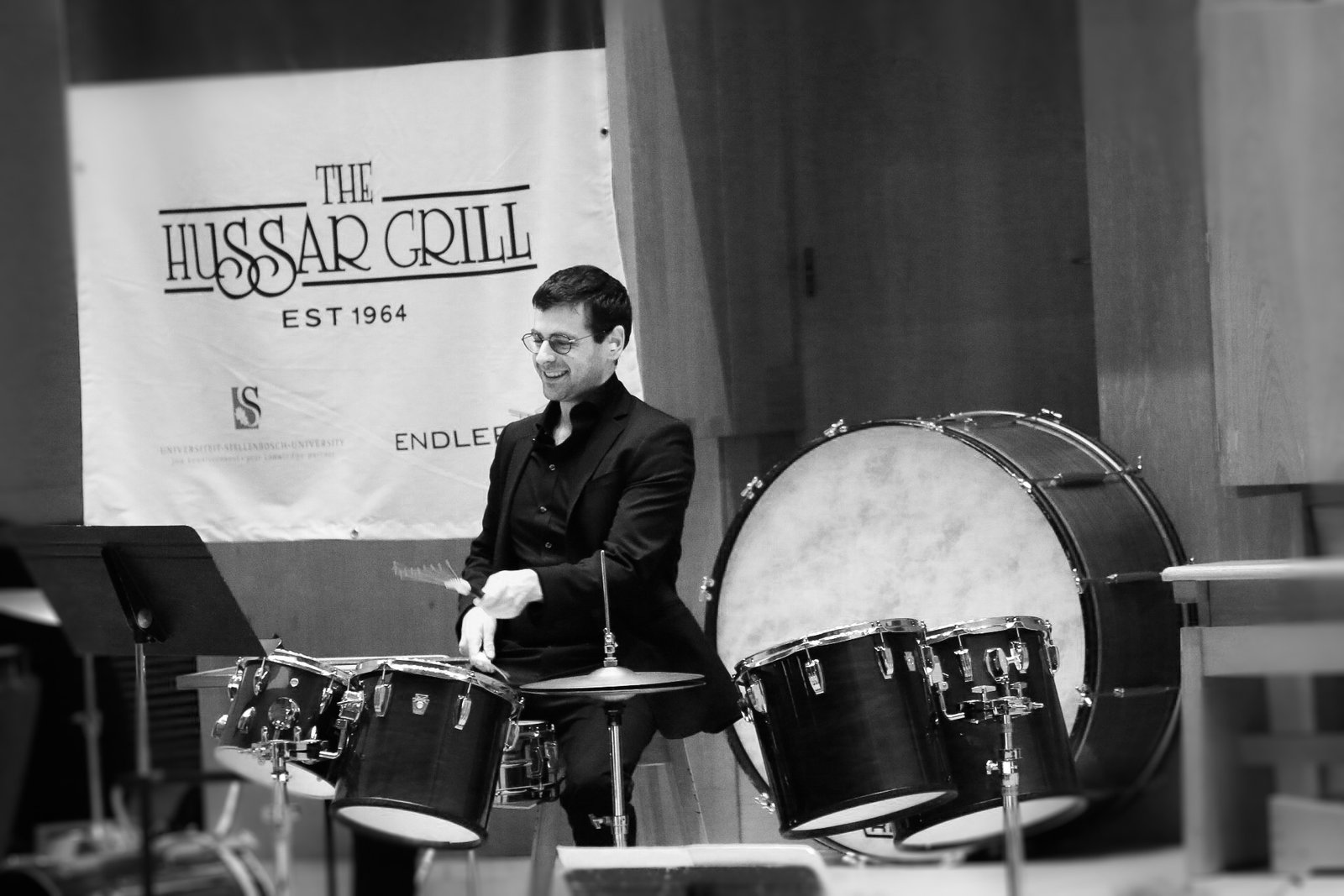
Since storytelling is such a vast canvas from which composers often source and find their inspiration, including early times long before the terminology “programme music” became a musical catchword without boundaries in the 19th century, blogger PAUL BOEKKOOI thought of sharing a timeless anonymous story created with the help of his thumb. It somehow connects with the main theme in yesterday’s blog – that of fantasy or imagination as an artistic driving force.
“As a young boy,” – let’s call him Ugo – “I lived in a castle in Northern Italy. I received music lessons, but found them boring. I wanted more. As an escape from the nauseating Czerny and Hanon piano exercises, I started to read scores, tried to sing them and imagined hearing each of those parts in my head. After much deliberation I somehow managed to bring all of that together. The whole symphony, concerto, divertimento, humoresque, or whatever kind of music, wrapped itself around my conscience or inner ear, if you like. Alas, that kind of trouble people don’t bother to take any more. Perhaps it is a relief, but I also think it is somewhat sad …”
A couple of years passed before Ugo and his mother started a new routine. “Twice annually we travelled by train to Milan to attend concerts. I was always positively turned on by the fact that I could at last hear some of my favourite works which I collected in my head in a concert hall. But I was also often disappointed. Very seldom it was as heated, profoundly intimate or as ‘complete’ as when I heard it in my head. You can totally trust and believe me: No orchestra, chamber music combination or solo recital is as perfect or complete as fantasy.”
The overarching effect of Sunday’s Faculty Concert 3 was like an explosion of delight: In the case of Mozart’s Divertimento in D major, K251, the Nannerl, in its octet version, performed predominantly by Faculty Members from the USA, it is music that is – let’s not ever forget this – written for entertainment. James Austin Smith’s verbal introduction to the piece did not beat about the bush. He put the audience in such a relaxed state of mind that they most likely, after a while, would have accepted anything he said.
This Divertimento was written in the same year (1776) as his very famous Serenade in the same key: the Haffner, K250. Although during the second half the 18th century the serenade, the divertimento and the symphony were not strictly separated genres, it surely is true that the first two mentioned ones had more movements and a more light-hearted character than the symphony. The use of the word serenade implicated a piece which should be performed outside (in Italian: ‘al serena’). In contrast with this, divertimento literally meant “chamber music”.
While the Haffner Serenade has eight movements and can be considered a major work in Mozart’s output, the Nannerl Divertimento has six. The scoring of the former work is more extensive with the doubling of both woodwind (sans clarinet) and brass parts. The latter opus is far less ceremonial and it is through this particular element – one may perhaps characterise it at best with “elegant frivolity” – that these eight musicians really fully understood (to quote Smith) “young Wolfie’s” intention with his K251.
With a bouncy rhythmic resiliency characterising the performance as a whole, every melodic and rhythmic detail was clearly expressed. Once or twice the ensemble’s precision could have been slightly better controlled, but, on the other hand, they could have easily lost out on the high and spontaneous level by which the musicians tried to get Mozart’s genius across to the listener. Both Smith and the first violinist Siwoo Kim managed for example with complete naturalness to impress with some spontaneous ornamentations, while the tricky riterdandi and other changes in tempo were characterised by fluency. This is how Mozart should sound, but too seldom does.
In the context of national composers Edward Grieg became the figurehead of Norway, Carl Nielsen of Denmark, and Finland could pride itself as well with their own hero: Jean Sibelius (1865-1957), who, already early in his career, paid homage to his fatherland through symphonic poems and (nearly) eight symphonies. His musical language is connected to Finnish vistas, with sound images of dark woods, fog and clear lakes.
However, there is some irony involved in his career choices: Before he dedicated himself to composing he wanted to become a violinist. He even applied to audition for the Vienna Philharmonic Orchestra in 1891, to no avail. It is also not surprising that Sibelius wrote quite a number of chamber music works featuring the violin, a world-renowned violin concerto, and, in 1917, six Humoresques for violin and orchestra. These works were named by the composer as being part of “life’s sorrows and sunbeams.” These effective pieces are bundled together under the opus numbers 87 and 89 and reflect some characteristic tone painting combined with subtle folkloristic elements.
One could not have wished for a more complete introduction of these works – especially with orchestral accompaniment instead of only piano – than the Frenchman Nicholas Dautricourt and the Dutch conductor Joost Smeets have given us. As a set they are surely less sombre than less informed listeners perhaps might have expected, but none of the previous excerpts this reviewer has heard with piano accompaniment, could convince one as fully as here.
Dautricourt’s individuality flows from a deep understanding of both the sorrow and deeply submerged sentiment found in these miniatures. The way he never lets his violin’s sound to penetrate too clearly those regions of Sibelius’ expression which should rather be more subtle than bright or overtly virtuosic, helped the listener to understand the composer’s full range of moods, with humour seldom a dominating one.
At those sections where Sibelius demonstrates a number of layers where optimism does reign (at one place one even clearly hears a Hungarian szárdás rhythm), Dautricourt’s playing was highly expressive and daunting in its clearly articulated virtuosity. For me the crown jewel amongst the six Humoresques was the No.3 in E flat major, Op.89. This was the most meditative and moving one, with effective double stops and wonderfully sustained ppp playing.
The encore in the form of the soloist’s own arrangement of Astor PIazzolla’s Escualo (“The Shark”), was a total surprise. This is in the form of a free improvisation for the violinist, accompanied by continuous ostinato figures which were controlled with precision by maestro Smeets. Truly spontaneous and unforgettable.
What an evening this was!
